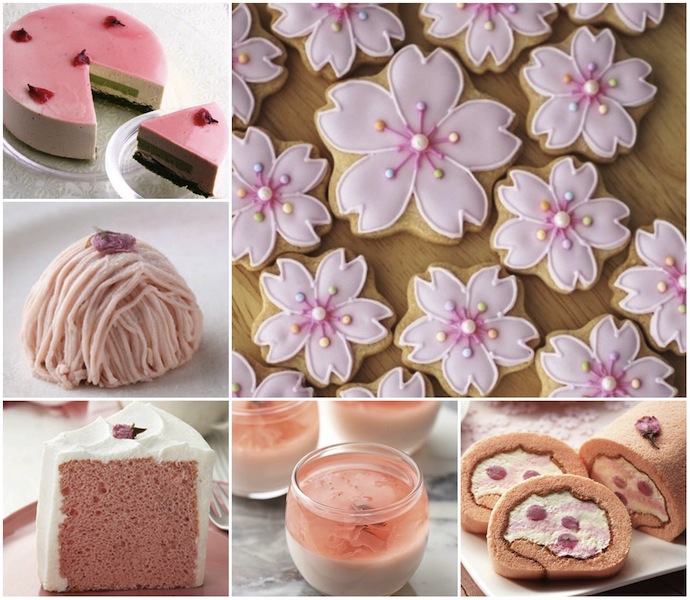
by Elizabeth Andoh | Mar 25, 2025 | Kitchen PROJECTS, Spring
洋菓子・yōgashiWestern-Style Confectionery Japan’s food culture includes ingredients, techniques and dishes that have been adopted and/or adapted from non-Japanese sources. One large category is confectionery. Earliest influences were from the Portuguese in the...
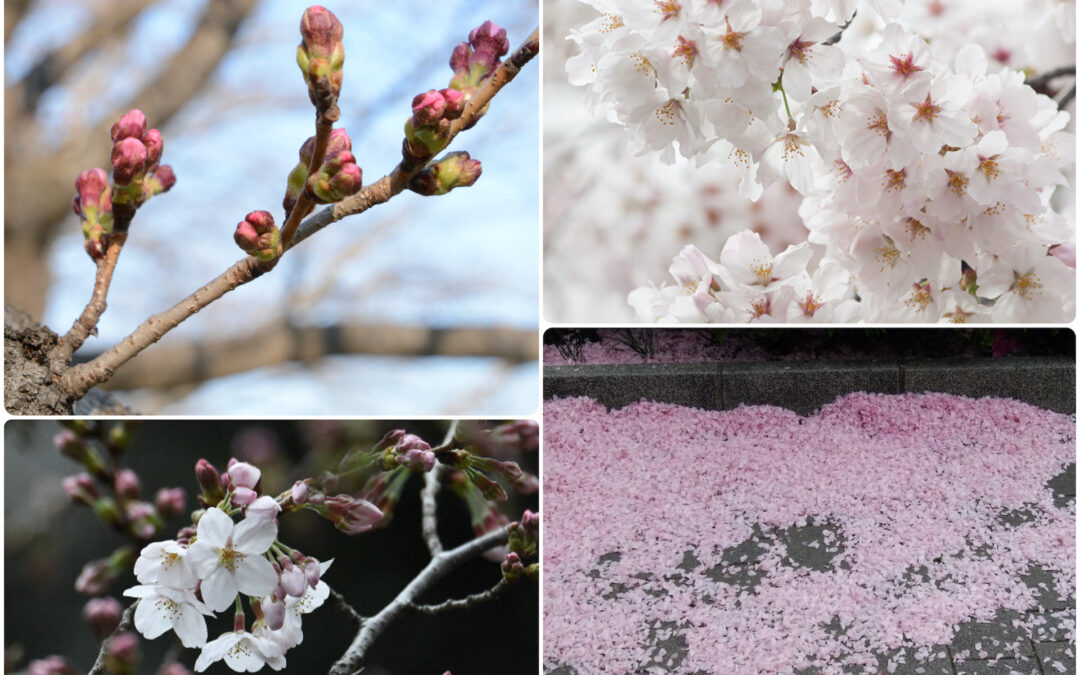
by Elizabeth Andoh | Mar 25, 2025 | Kitchen Culture, Spring
The Japanese take great pleasure in celebrating the seasons and SAKURA (cherry blossoms) are emblematic of spring. From the time buds (tsubomi 蕾) first appear to the official pronouncement of blooming (kaika 開花) it is often less than a week. And from there to...
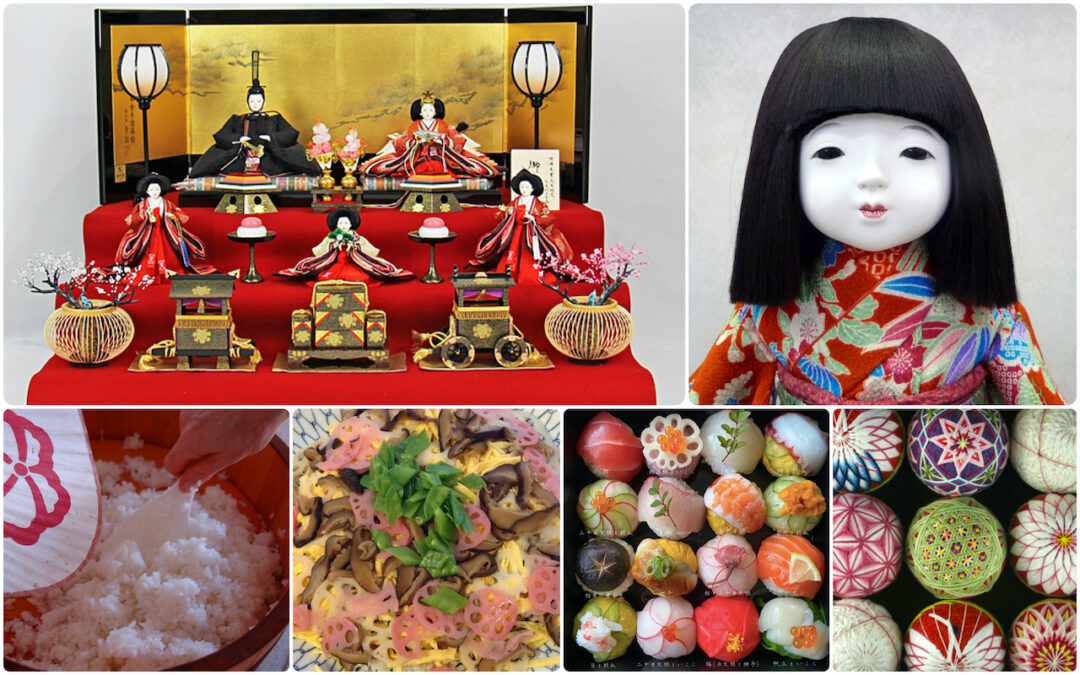
by Elizabeth Andoh | Feb 26, 2025 | Kitchen PROJECTS, Spring
This KITCHEN PROJECT features temari-zushi, bite-sized spheres of tart rice topped with various ingredients. HINA MATSURI is celebrated on March 3 and during the weeks leading up to it, and for several weeks thereafter, scattered chirashi-zushi and/or temari-zushi ...
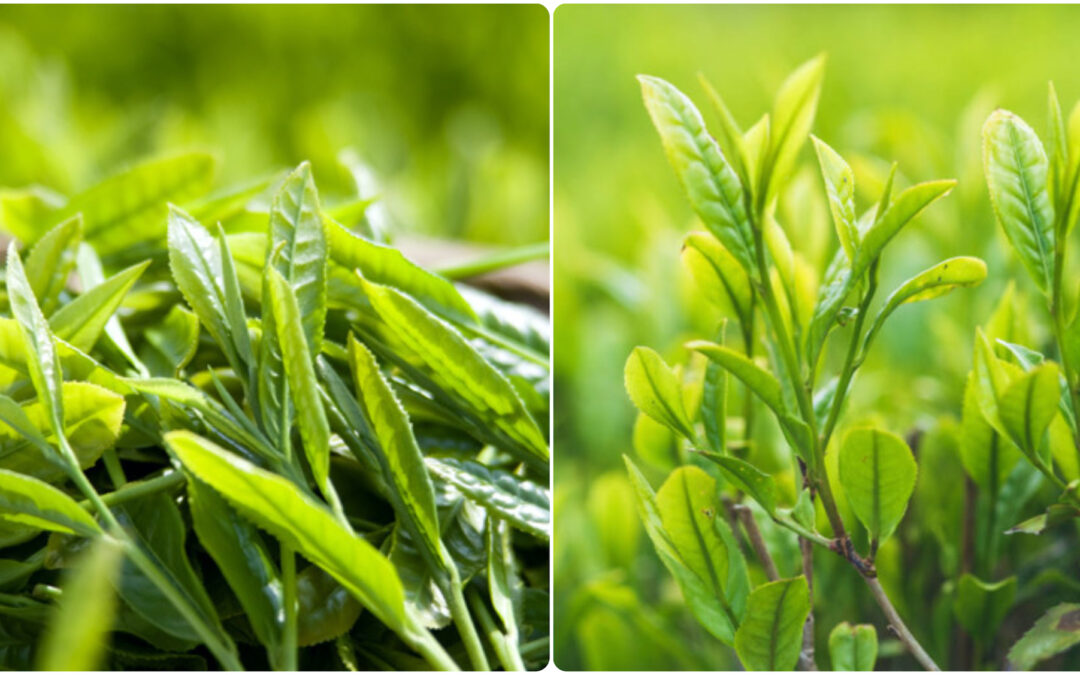
by Elizabeth Andoh | May 18, 2023 | Kitchen PROJECTS, Spring
PROJECT New Tea This PROJECT is about brewing and enjoying new tea, called shincha 新茶 in Japanese. Shincha teas are available online and in specialty shops around the world. Most of the commercial green tea crop in Japan is grown in Shizuoka, southwest of Tokyo,...
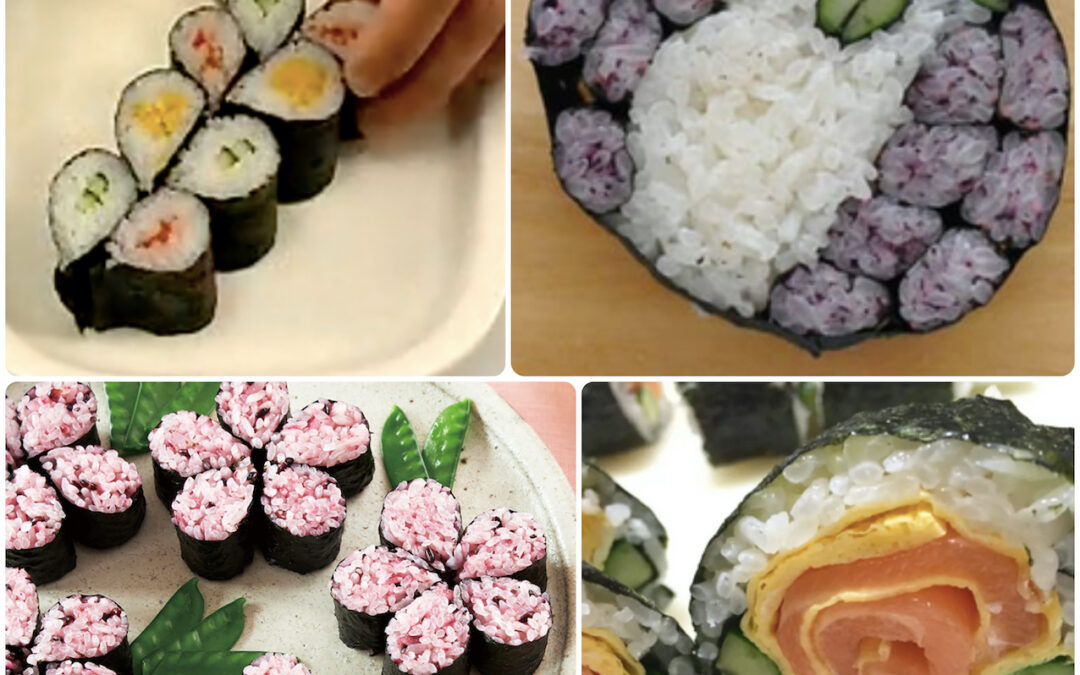
by Elizabeth Andoh | Apr 27, 2023 | Kitchen PROJECTS, Spring
Flower-Inspired Rolled Sushi Use your imagination to create rolled sushi inspired by flowers. To get you started, here are some basic recipes: This recipe for CLASSIC SUSHI MESHI includes instructions on cooking and seasoning rice, and information on the wooden tub in...
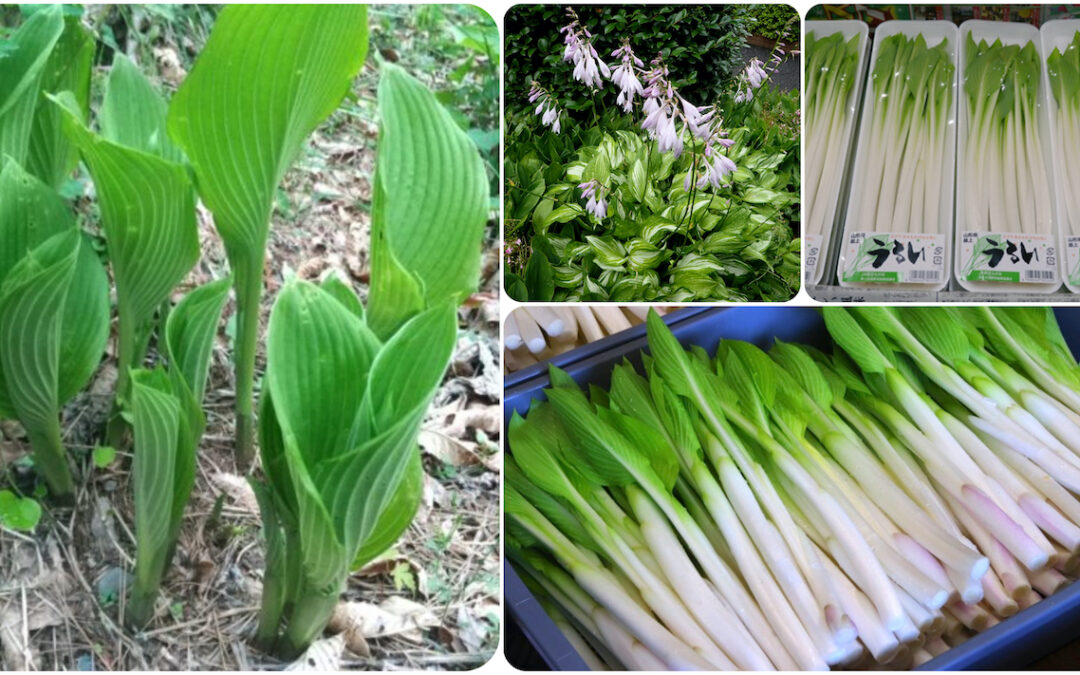
by Elizabeth Andoh | Apr 22, 2022 | Kitchen Culture, Spring
うるい・UruiThe Elusive Taste of Spring Urui (Hosta sieboldiana) is in the lily family; it is often planted as an ornamental in gardens. It thrives in damp soil in areas of partial or dappled shade. It has been cultivated in Japan since the Edo period (1603-1868) though...
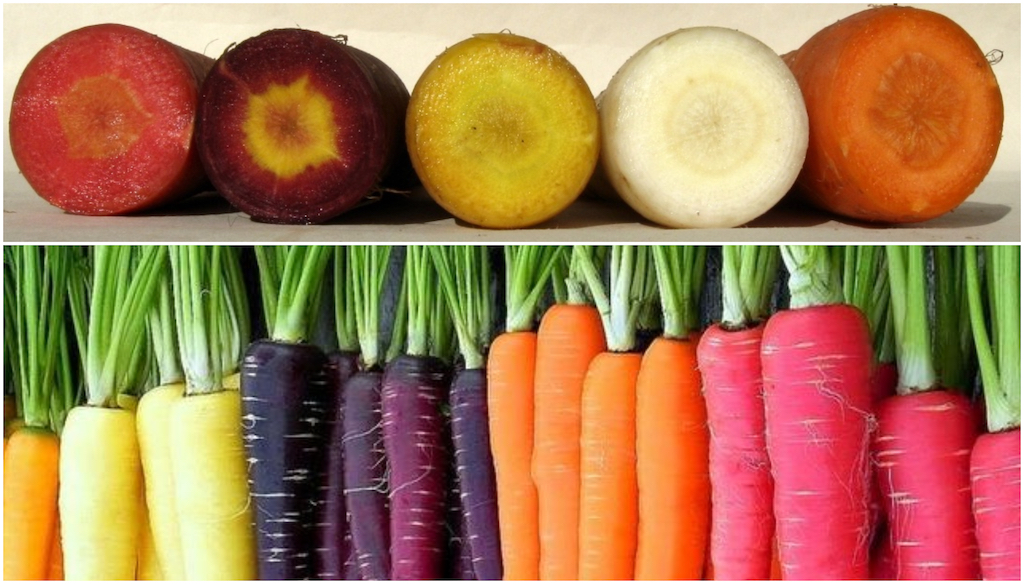
by Elizabeth Andoh | Apr 16, 2021 | Kitchen Culture, Spring
Beautiful & Nutritious The pigments that make these carrots so beautiful are also the key to their nutritional power. Orange carrots are especially rich in beta-carotene and vitamin A, both of which help to fight inflammation. Red carrots, like red tomatoes, are...
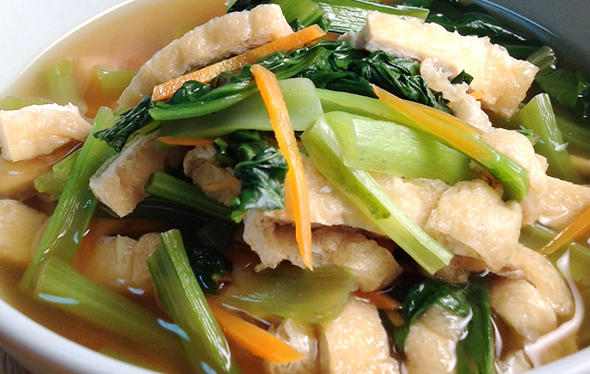
by Elizabeth Andoh | Mar 27, 2021 | Kitchen Culture, Spring
KOMATSUNA, a member of the brassica family of leafy greens, has been cultivated in Japan since the Edo period (1603-1868). The naming of the vegetable is attributed to the 8th shogun, Tokugawa Yoshimune. It seems that during a visiting to a shrine near the Komatsu...
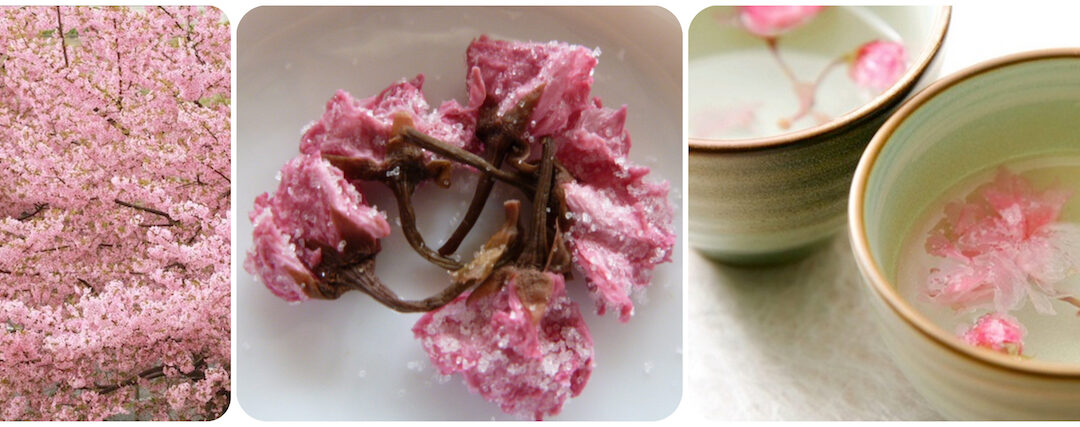
by Elizabeth Andoh | Mar 16, 2021 | Kitchen Culture, Spring
Salt-Cured Cherry Blossoms & Leaves The blossoms and leaves of certain varieties of sakura are made edible by preserving them in salt, in a process known as shio-zuké. Deeply colored yaezakura blossoms are especially prized. When it comes to salt-curing leaves,...

by Elizabeth Andoh | Jan 24, 2021 | Culture, Holiday, Kitchen Culture, Spring, Winter
ONI wa SOTO FUKU wa UCHI Throw out the ogres! Bring in Good Fortune! 節分 SETSUBUN means “break between seasons” and such breaks occur many times during the year. However, today Japan celebrates the setsubun break that comes early in February and...
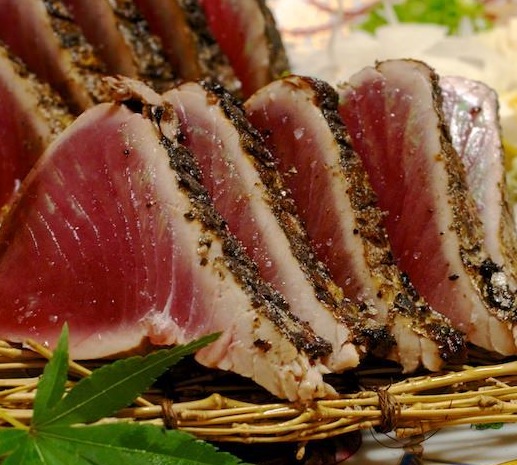
by Elizabeth Andoh | May 12, 2020 | Kitchen Culture, Spring
初鰹 HATSU-GATSUO First Catch of the Season Japan’s seasonal sensibility is always on display at table; here the transition from spring into early summer is celebrated with hatsu-gatsuo (skipjack tuna (Katsuwonus pelamis) prepared tataki-style. Whole loins of katsuo...
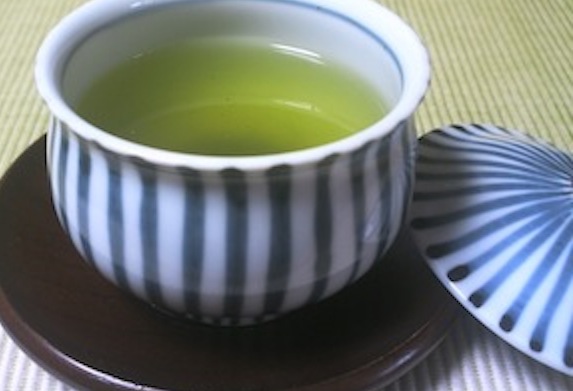
by Elizabeth Andoh | May 1, 2020 | Spring, Year-Round
Green Teas 緑茶 RYOKU CHA Green teas are green because enzymes responsible for oxidization have been prevented from doing their (dark and discoloring) work. The Japanese halt oxidation by steaming freshly picked leaves, while the Chinese typically pan-fire or roast tea...
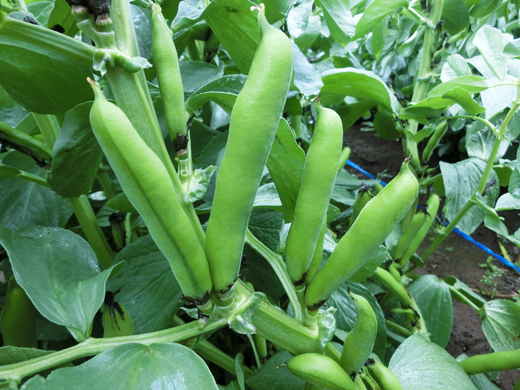
by Elizabeth Andoh | Apr 22, 2020 | Kitchen Culture, Spring
Fava Beans: Sora Mamé そら豆 (Fava beans have been part of the eastern Mediterranean diet (Egypt, Greece, Italy) for at least 4000 years. There are stories of monks from India traveling through China who brought fava beans to Japan in the Nara Period (710-794...
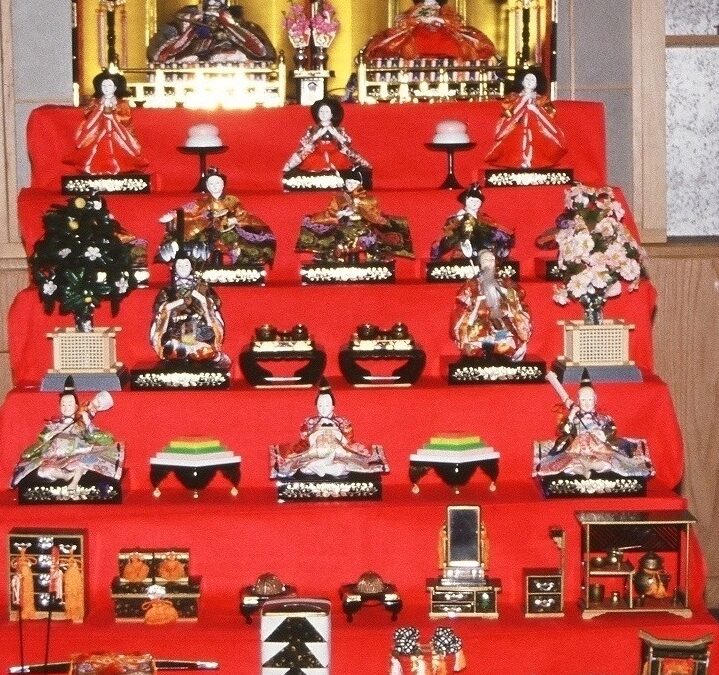
by Elizabeth Andoh | Mar 2, 2020 | Culture, Kitchen Culture, Spring
The Andoh Family’s full set of HINA NINGYŌ Just off camera is a wind-up music box that plays Ureshi Hina Matsuri うれしひな祭り. Download a chart explaining each of the dolls, and words to the song. 雛祭り Hina Matsuri Doll’s Day For ancient agrarian societies,...
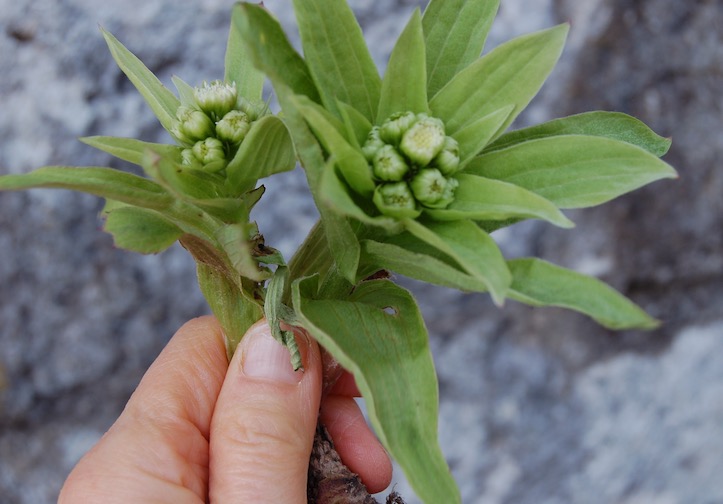
by Elizabeth Andoh | Feb 22, 2020 | Kitchen Culture, Spring
Fuki no Tō 蕗の薹BUTTERBUR (Petasites japonicas) Sansai, literally “mountain vegetables,” are foraged from woodland areas in various parts of Japan as winter thaws into spring. When sansai dishes appear at table, it signals the start of culinary spring fever: an...

by Elizabeth Andoh | Feb 2, 2020 | Culture, Holiday, Kitchen Culture, Spring, Winter
FUKU wa UCHI ONI wa SOTO Bring in Good Fortune! Throw out the ogres! 節分 Setsubun, a marker on the ancient, lunar-based koyomi calendar indicates the start of a new season; setsubun breaks occur many times during the year. Today in Japan the...
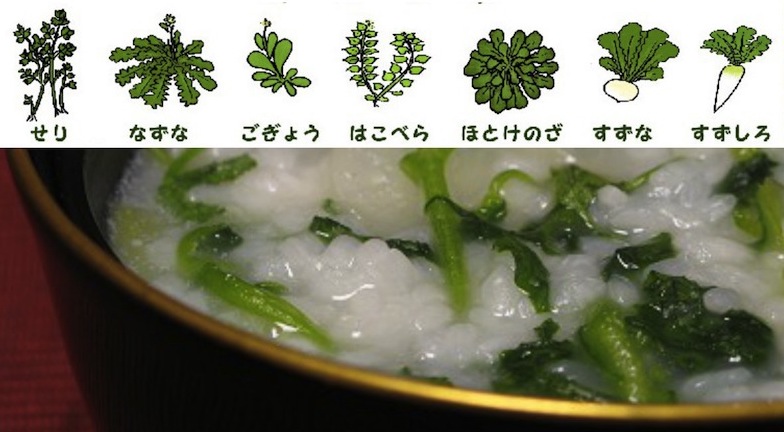
by Elizabeth Andoh | Jan 2, 2020 | Culture, Holiday, Kitchen Culture, Spring, Winter
From left to right, the seven spring herbs are: SERI, NAZUNA, GOGYŌ, HAKOBERA, HOTOKÉNOZA, SUZUNA, SUZUSHIRO 七草粥 Nana Kusa Kayu Rice Porridge with Seven Spring Herbs More than a thousand years ago, the Japanese spoke of watari-dori (“migrating birds”)...
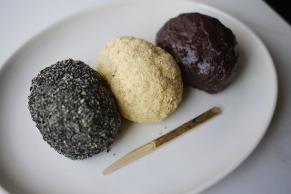
by Elizabeth Andoh | Sep 22, 2019 | Autumn, Kitchen Culture, Spring
Top row from left: kuro goma (black sesame), kuromai (black rice), umé (plum), shiro adzuki (white beans). Bottom row, from left: kinako (toasted soy flour), ao nori (green sea herb) zunda (édamamé fresh green soybeans), adzuki (red beans). Special Seasonal...



















